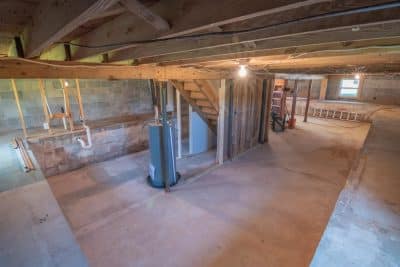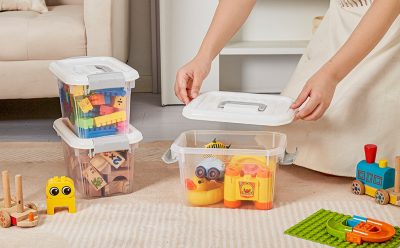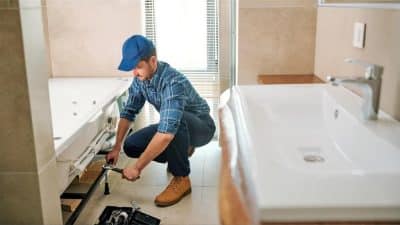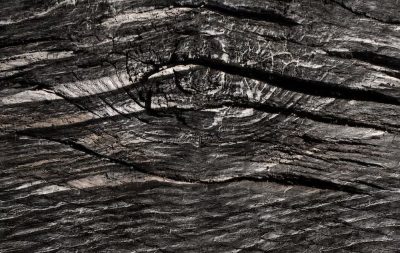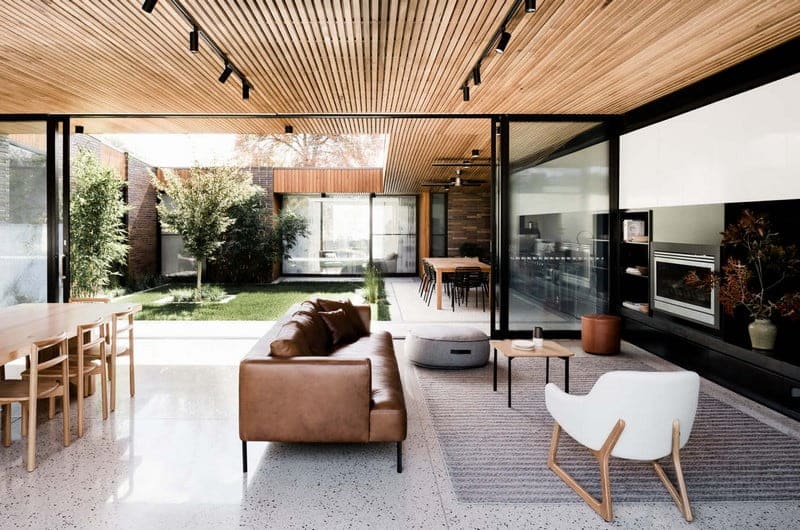
Polished concrete floors deliver a clean, modern look with exceptional durability. Because the finish refines the concrete slab you already have, it offers a cost-effective and low-maintenance alternative to tile, wood, or vinyl. This guide explains how polished concrete floors are made, where they perform best, their key pros and cons, and what proper maintenance involves.
What Are Polished Concrete Floors?
Polished concrete floors are created by mechanically refining the surface of a concrete slab using progressively finer diamond abrasives. The process includes the application of a densifier and finishing to a chosen sheen level (from matte to high-gloss) and aggregate exposure (from creamy “cement fines” to visible large stone). These standardized classes help owners specify the exact look and performance they expect.
How the Process Works (In Brief)
- Surface evaluation & repairs – crack filling, joint treatment, and flattening.
- Grinding – coarse passes open the surface and (optionally) expose sand or stone.
- Densifying – a silicate densifier hardens the concrete surface.
- Honing & polishing – finer grits increase clarity and gloss.
- Protective guard – a breathable guard or penetrating sealer improves stain resistance.
- Burnish (optional) – boosts sheen and enhances the floor’s initial protection.
Pros of Polished Concrete Floors
1) Long service life
Polished concrete floors use the existing structural slab, so there’s nothing to delaminate or replace. With regular care, these floors can last for decades—even in high-traffic environments.
2) Low routine maintenance
No wax, stripping, or heavy coatings required. Daily dust-mopping and periodic auto-scrubbing with a pH-neutral cleaner keep the surface looking sharp. Occasional burnishing restores gloss in busy areas.
3) High durability and abrasion resistance
The combination of mechanical refinement and densifier produces a tight, hard-wearing surface that tolerates forklifts, trolleys, pets, and daily foot traffic better than many topical finishes.
4) Slip resistance (when dry and properly maintained)
Despite their glossy appearance, polished concrete floors can meet recognized friction thresholds while remaining easy to clean. Texture and maintenance matter more than shine alone.
5) Better light reflectance and visual brightness
A polished, light-colored concrete floor reflects ambient light, which can help reduce the need for artificial lighting—particularly beneficial in retail and warehouse settings.
6) Material-efficient and low-VOC
Because polished concrete floors utilize the existing slab, there’s no need for new materials. Polishing systems are typically low-odor and low-VOC compared with resin or adhesive-based alternatives.
7) Design flexibility
Choose the aggregate exposure (cream, salt-and-pepper, medium, or large aggregate) and sheen (matte to mirror-like). Integral color, sawcuts, and inlays can further personalize polished concrete floors.
Cons of Polished Concrete Floors
1) Visible cracks and repairs
Concrete naturally moves. Hairline cracks, control joints, and patches remain part of the aesthetic—even when well executed. If a uniform appearance is essential, another flooring system may be preferable.
2) Stain and etch sensitivity
Polished concrete floors resist many stains, but acids (like lemon juice or vinegar), oils, and dyes can mark if left to dwell. Prompt cleanup and a quality guard help, though commercial kitchens and auto bays may need resin coatings with stronger chemical resistance.
3) Moisture-related risks
Concrete breathes. Excess moisture vapor transmission (MVT) can push salts to the surface or cause discoloration. Always moisture-test slabs—especially new or on-grade ones—before final finishing.
4) Acoustics and comfort
These floors are hard and reflective. In homes or offices, plan for rugs, acoustic panels, or soft furnishings to reduce echo and add comfort underfoot.
5) Not ideal for freeze-thaw or outdoor use
In regions with de-icing salts or freeze-thaw cycles, unprotected concrete may scale or spall. For outdoor applications, use sealers and realistic maintenance plans.
6) Upfront preparation can be significant
Uneven or soft slabs, heavy coatings, tile mastics, or curled joints increase labor. Great results depend on slab flatness (FF/FL), compressive strength, and professional polishing.
Where Polished Concrete Floors Work Best
- Homes: open-plan living areas, kitchens (with mats and prompt cleanup), basements with moisture control, entry halls, and minimalist interiors.
- Commercial: retail stores, showrooms, offices, galleries, schools, logistics centers, and light-industrial facilities with moderate chemical exposure.
- Avoid/think twice: wet prep rooms, battery-charging areas, or spaces with strong acids and oils unless properly protected.
Cost & Value (What to Expect)
Pricing varies by region, slab condition, hardness, desired aggregate exposure, and gloss level. Projects starting with clean, flat, sound slabs typically cost less than those requiring extensive prep. Over the life of a building, polished concrete floors often outperform other finishes due to their low maintenance and long lifespan.
Specifying the Look: Classes & Levels
Ask for both:
- Aggregate Exposure Class – from cream (minimal exposure) to large-aggregate.
- Appearance/Sheen Level – from matte to high gloss.
Using standardized terminology ensures alignment between owners, architects, and polishing contractors.
Maintenance Cheat-Sheet
- Daily: dry dust-mop to remove grit.
- Weekly/as needed: auto-scrub with a pH-neutral cleaner; avoid harsh chemicals and greasy soaps.
- Quarterly–annually: burnish high-traffic zones, reapply guard, and spot hone if needed.
- Always: use walk-off mats, wipe spills promptly, and keep pads clean so you’re polishing—not grinding in dirt.
Polished Concrete Floors vs. Other Materials
- Vs. epoxy/urethane: resins handle chemicals better; concrete polishing wins on breathability and long-term value.
- Vs. tile/stone: tile offers variety; polished concrete floors reduce joints and simplify cleaning.
- Vs. wood/LVP: wood feels warmer but needs more care; concrete is cooler, tougher, and fire-resistant.
Are Polished Concrete Floors Right for You?
Choose polished concrete floors if you want a long-lasting, design-forward surface that’s easy to maintain and visually seamless. These floors embody an honest, architectural aesthetic—showing natural variations, joints, and subtle crack patterns. With proper preparation, moisture control, and a consistent maintenance routine, polished concrete floors can stay beautiful and functional for decades.



